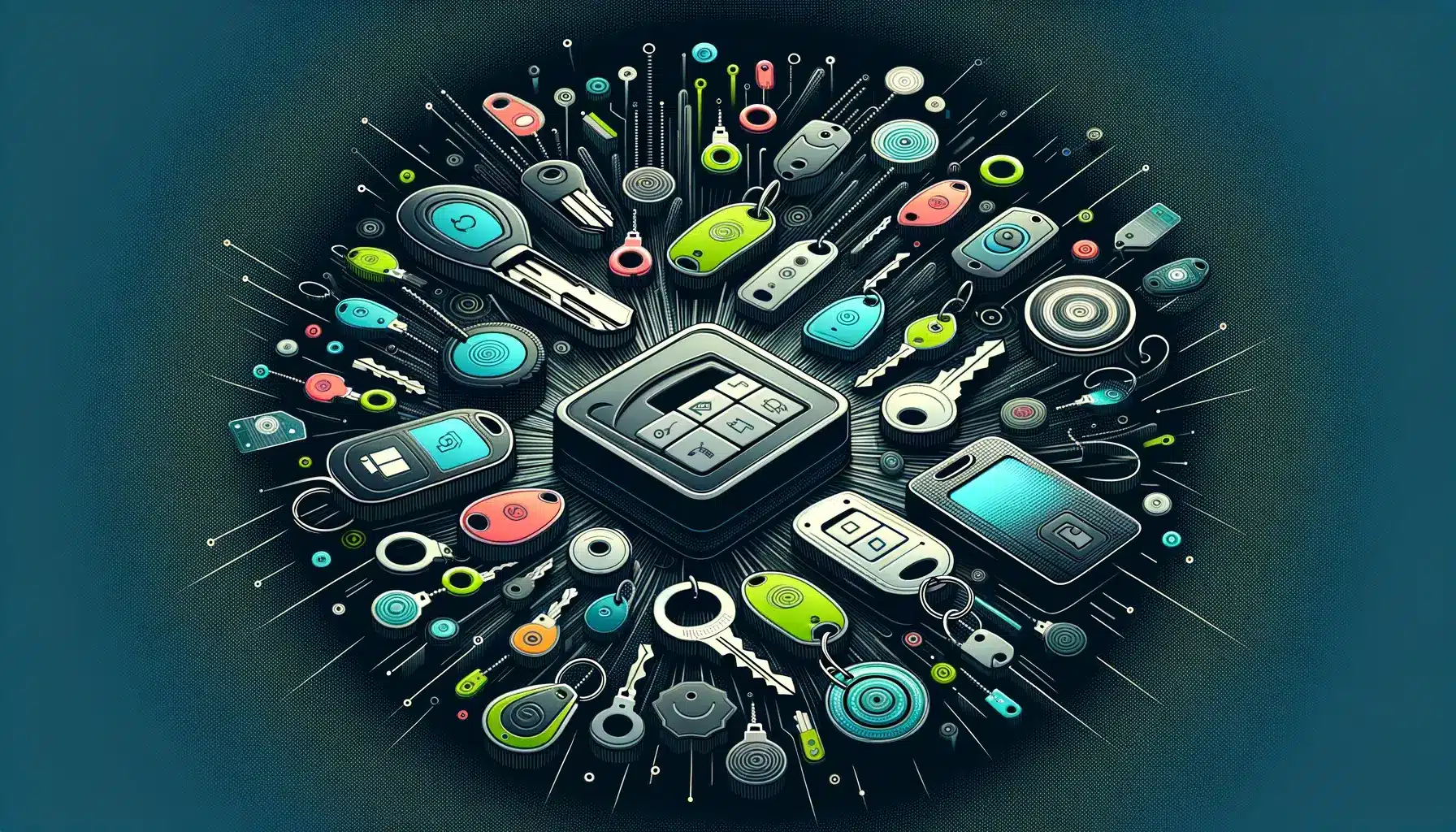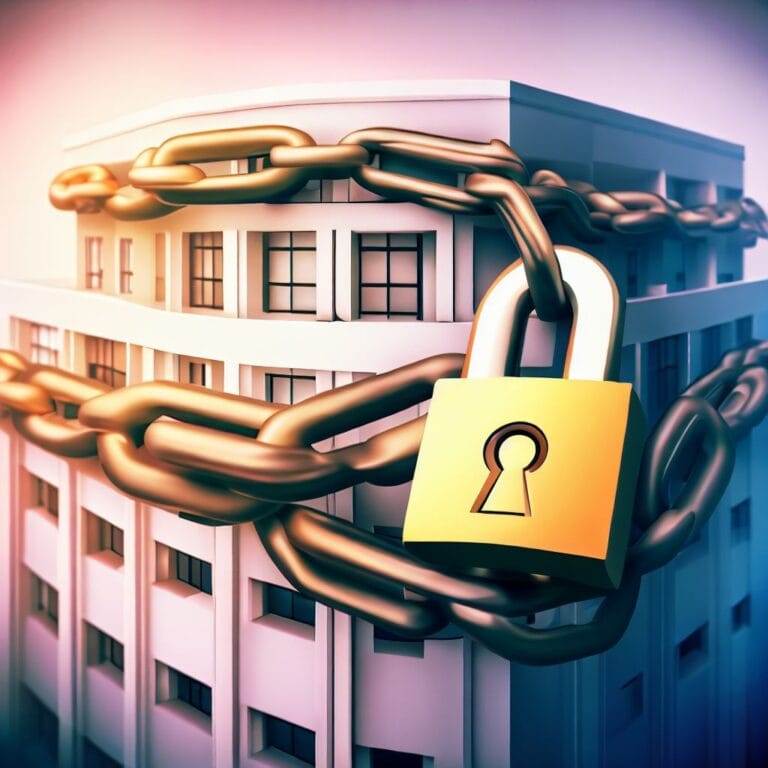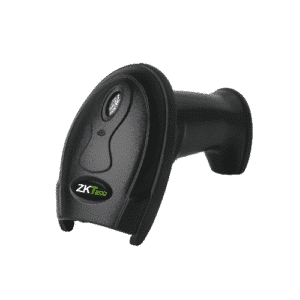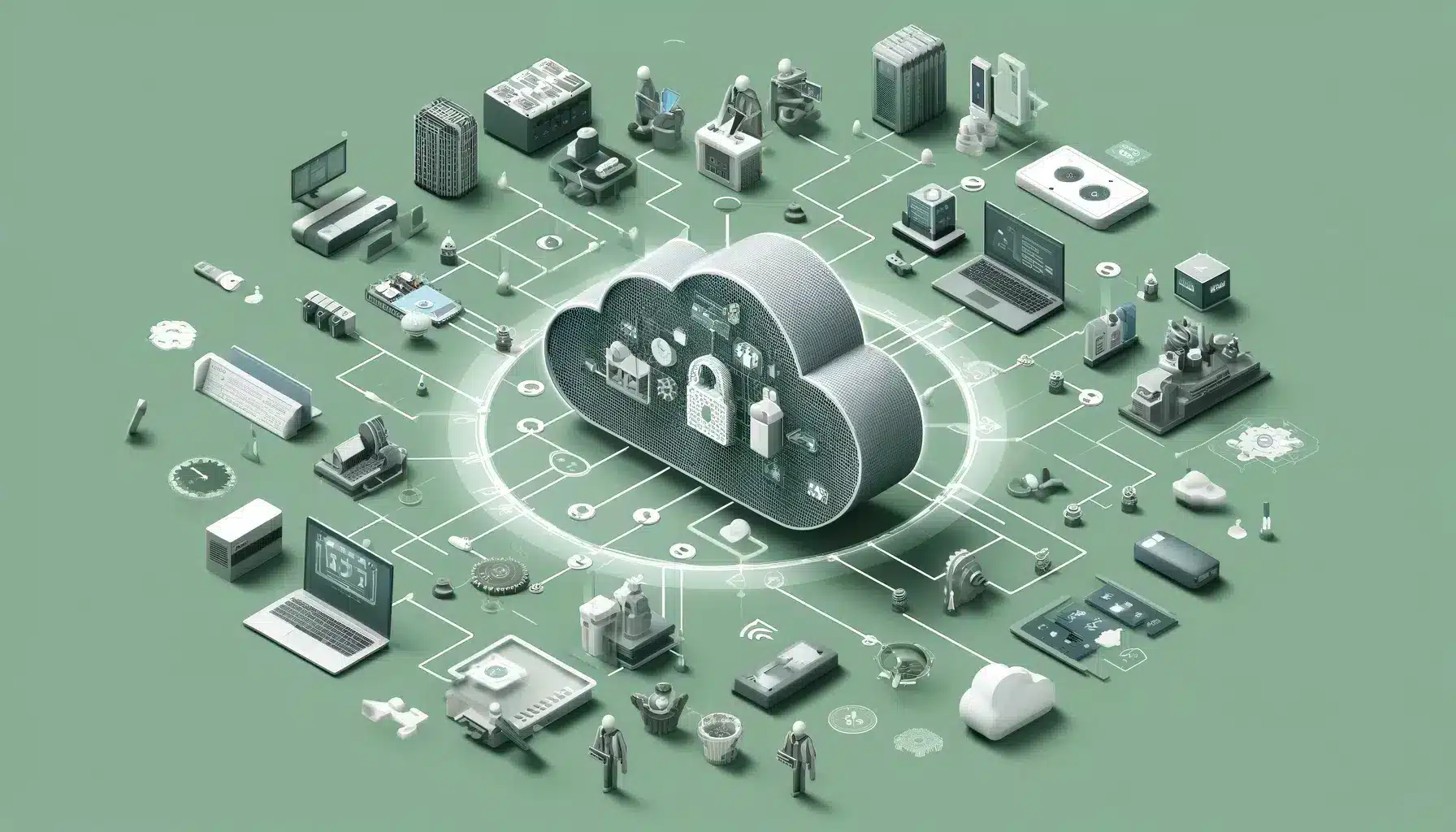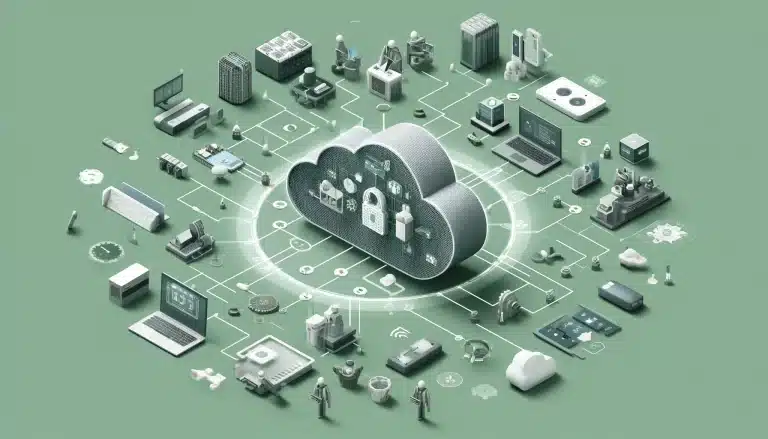
Introduction
In the realm of security solutions, key fob access control systems represent a significant leap in convenience and safety. Utilised by a wide array of industries, these systems employ advanced technology to ensure secure, keyless entry, making them an invaluable asset for modern businesses seeking efficient and reliable security measures.
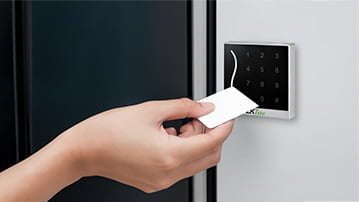
How Key Fob Access Control Systems Work
Key fob access control systems leverage Radio Frequency Identification (RFID) technology to secure environments. Embedded with a microchip, each key fob emits a unique identification signal that is read by scanners near entry points. Access is granted or denied based on the verification of this signal against a centralised database, allowing for precise control over who can enter sensitive areas within a facility.Advantages of Key Fob Access Control Systems
Key fob systems bring several key advantages to the security infrastructure of any organisation:
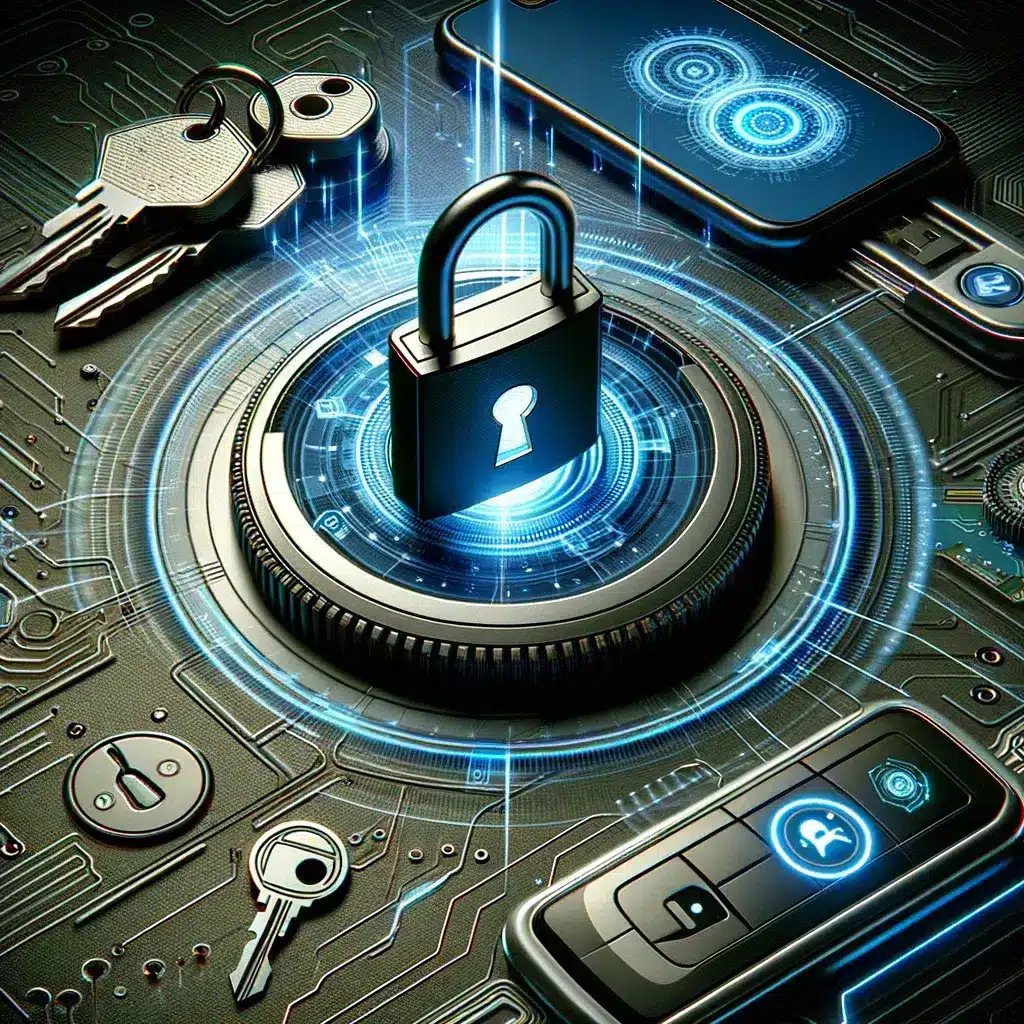
Enhanced Security
Difficult to Duplicate: The unique coding of key fobs makes them hard to clone.
Rapid Deactivation: Lost or compromised fobs can be quickly deactivated, enhancing security integrity.
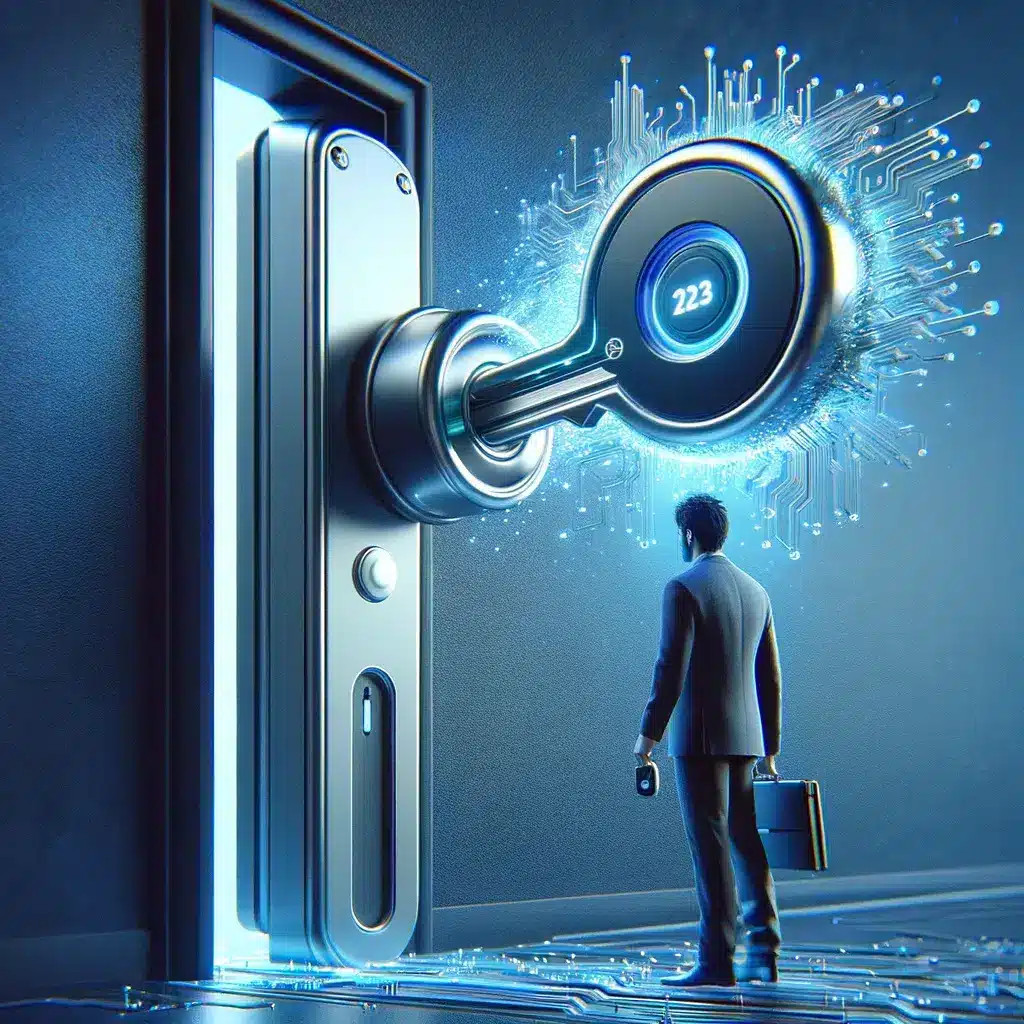
Increased Convenience
Portable: Fobs are small and can be easily carried or incorporated into personal items like keychains.
Keyless System: Eliminates the need for physical keys or remembering complex codes.
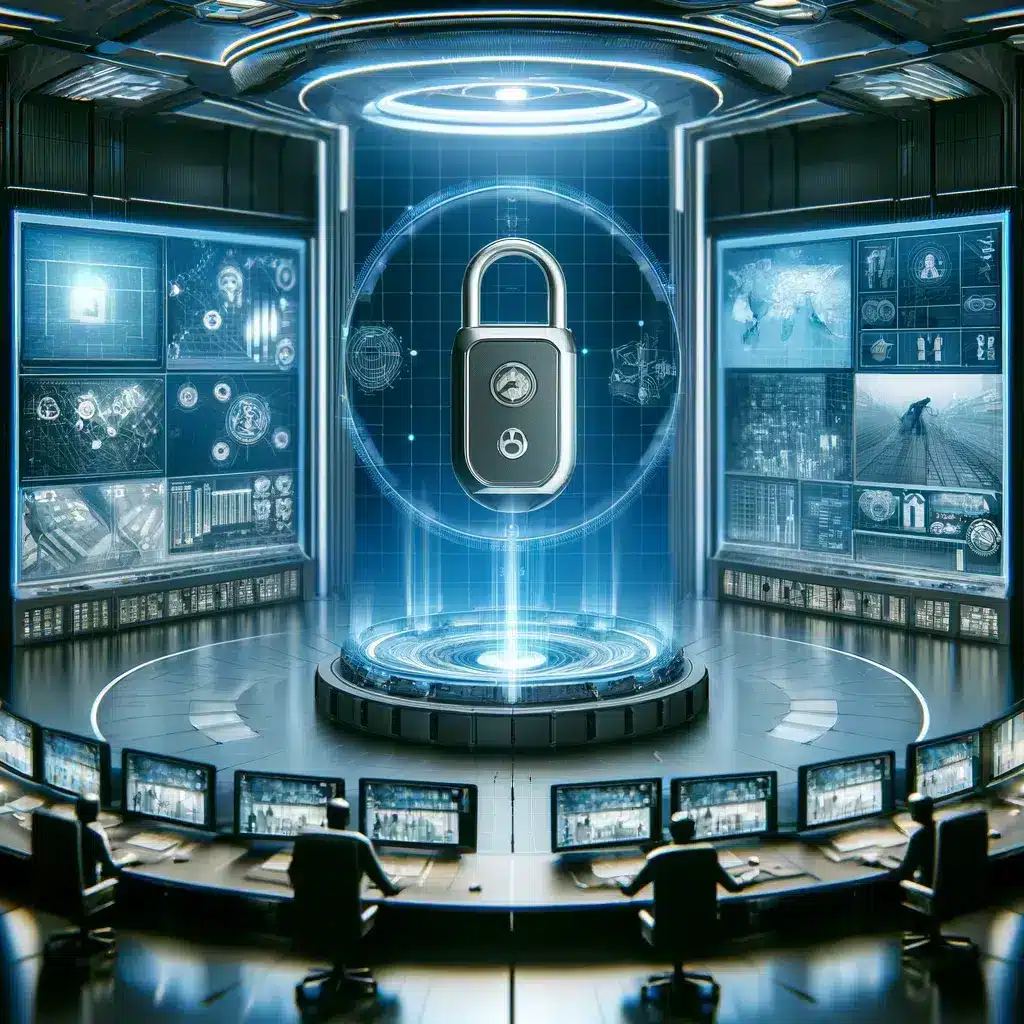
Integrated Security Features
Cost-effectiveness
| Traditional Lock & Key | Key Fob Access Control |
|---|---|
| Frequent rekeying and key replacement | Long-term savings |
| High maintenance costs | Lower maintenance costs |
| Inflexible | Easily expanded or modified |
Key Fob Access Control Systems vs. Biometric Technologies
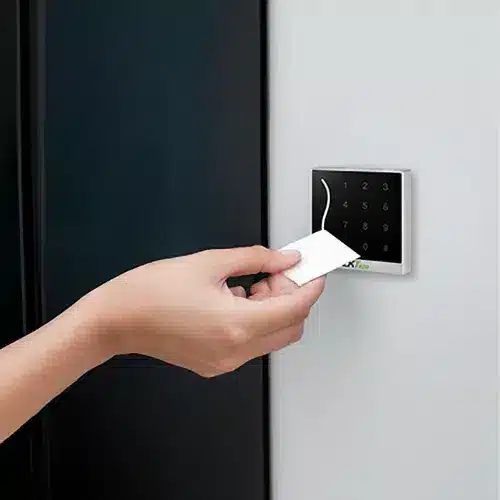
Key Fob Access Control Systems:
They are user-friendly and cost-effective.
Easily distributed and deactivated, making them flexible.
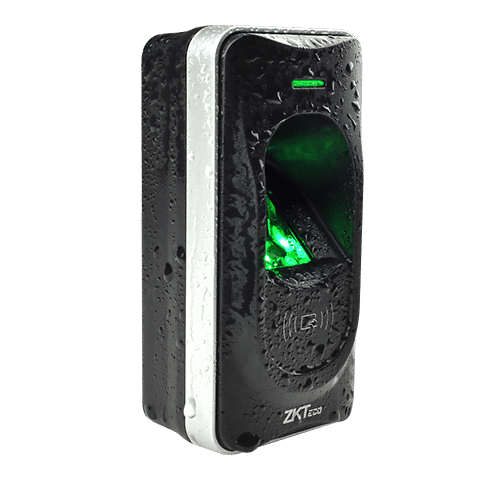
Biometric Technologies:
Highly secure, difficult to forge.
Require higher initial investment and maintenance.
Comparison
Key fobs are ideal for general access, offering convenience and ease of use.
Biometric systems provide enhanced security for high-risk areas.
Some manufacturers, such as ZKTeco, offer hybrid readers that support both RFID key fobs and biometric technologies, combining the benefits of both systems.
Combining both can create a comprehensive security solution, balancing convenience with robust protection.
Let’s get technical
RFID Technologies and Frequencies
RFID Technologies:
RFID (Radio-Frequency Identification) technology is widely used in access control systems. Different RFID cards operate at various frequencies and offer unique features and security levels.
Proximity (Prox) Cards:
Prox cards operate at a low frequency of 125 kHz. They are commonly used for door access and parking systems. These cards are simple, cost-effective, and easy to use but lack advanced security features. They only transmit a card’s identification number, making them less secure compared to more advanced RFID technologies.
MIFARE®:
MIFARE cards operate at a high frequency of 13.56 MHz. These smart cards use encryption keys to secure data and require mutual authentication between the card and reader. MIFARE cards are versatile, used in access control, public transportation, and payment systems. They offer moderate security and can store additional data, making them suitable for more complex applications.
MIFARE DESFire®
MIFARE DESFire cards are an advanced version, also operating at 13.56 MHz. They use robust encryption methods like DES, 3DES, and AES, providing high-level security. DESFire cards can host multiple applications, supporting up to 28 different ones on a single card. They are ideal for high-security environments such as transportation ticketing, access control, and secure ID badges.
EM Cards:
EM cards are another type of RFID card operating at 125 kHz. They are commonly used for access control due to their simplicity and low cost. However, like prox cards, they lack advanced security features.
Comparison of Technologies:
- Frequency: Prox and EM cards operate at 125 kHz, while MIFARE and MIFARE DESFire operate at 13.56 MHz.
- Security: MIFARE DESFire offers the highest security with advanced encryption, followed by MIFARE Classic with moderate security, and Prox and EM cards with basic security.
- Applications: Prox and EM cards are suitable for low-security applications like basic door access. MIFARE Classic is good for mid-range security needs such as loyalty programs and basic access control. MIFARE DESFire is best for high-security applications like public transport and secure identification.
Brands and Hybrid Solutions:
Brands like ZKTeco offer hybrid readers that support both RFID key fobs and biometric technologies, providing flexibility and enhanced security. These hybrid solutions combine the convenience of key fobs with the robust security of biometrics, catering to various security needs in a single system.
Pros and Cons:
Prox and EM Cards:
- Pros: Cost-effective, easy to use.
- Cons: Low security, limited data storage.
MIFARE Classic:
- Pros: Moderate security, data storage capabilities.
- Cons: Outdated encryption, vulnerable to cloning.
MIFARE DESFire:
- Pros: High security, multiple applications, advanced encryption.
- Cons: Higher cost, requires compatible readers.
Industries and Applications
Key fob systems are versatile and find applications across various sectors, including:

High-Security Environments
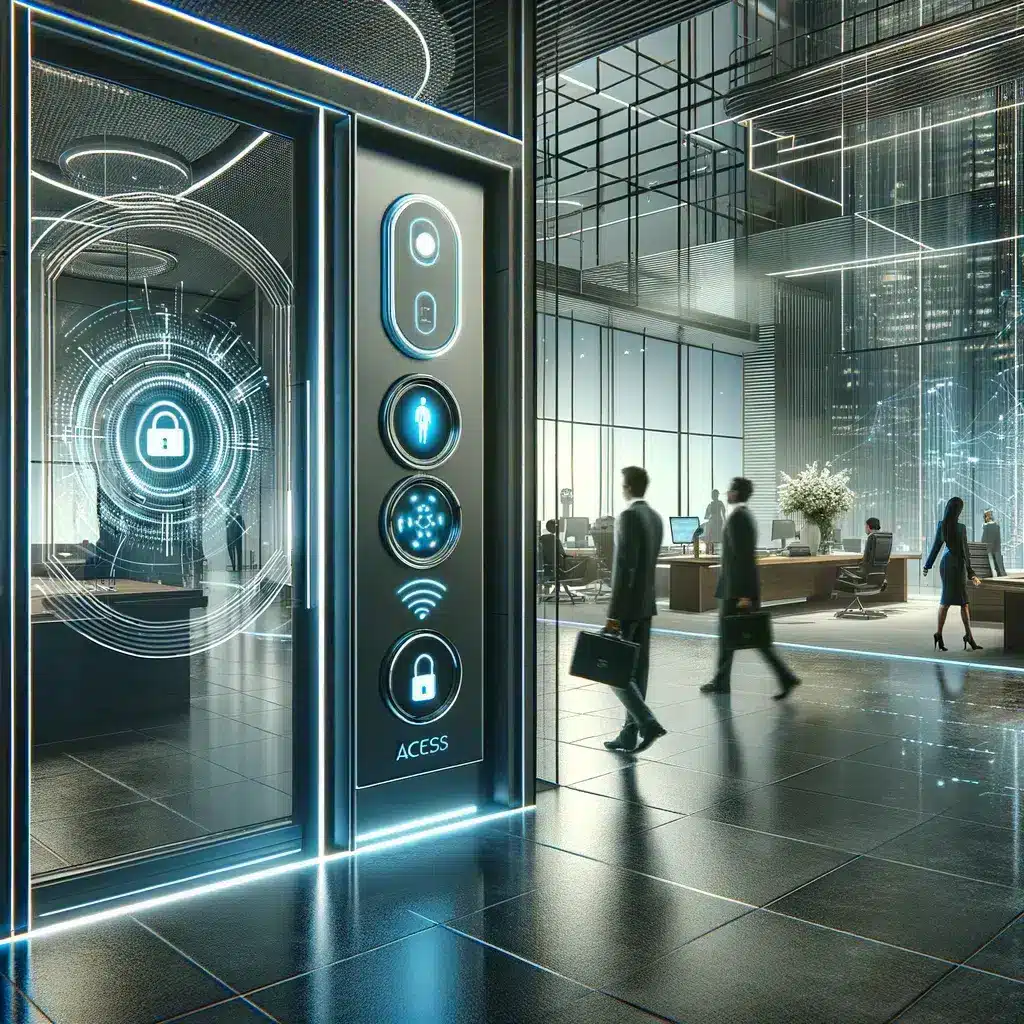
Corporate Environments

Educational Institutions
Diversity in Access Control Tags and Fobs
Access control systems are versatile not only in function but also in the form of access devices they support. The type of tag, fob, or card chosen can depend on specific security needs, convenience, and even personal style preferences. Here’s an overview of the various forms these devices can take:
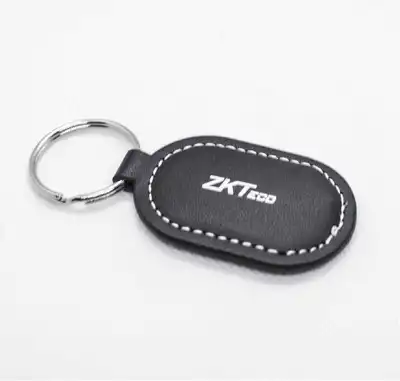
Keyring Fobs
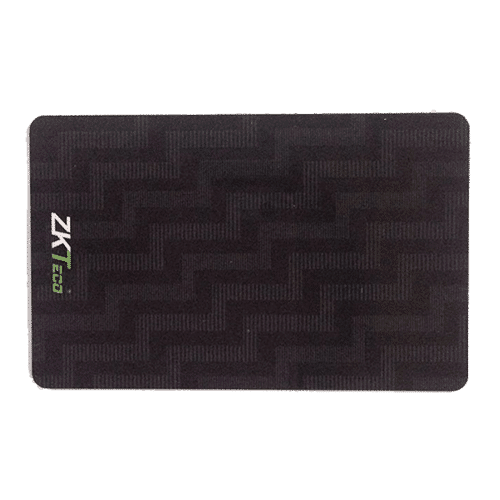
Credit Card-Shaped Access Cards
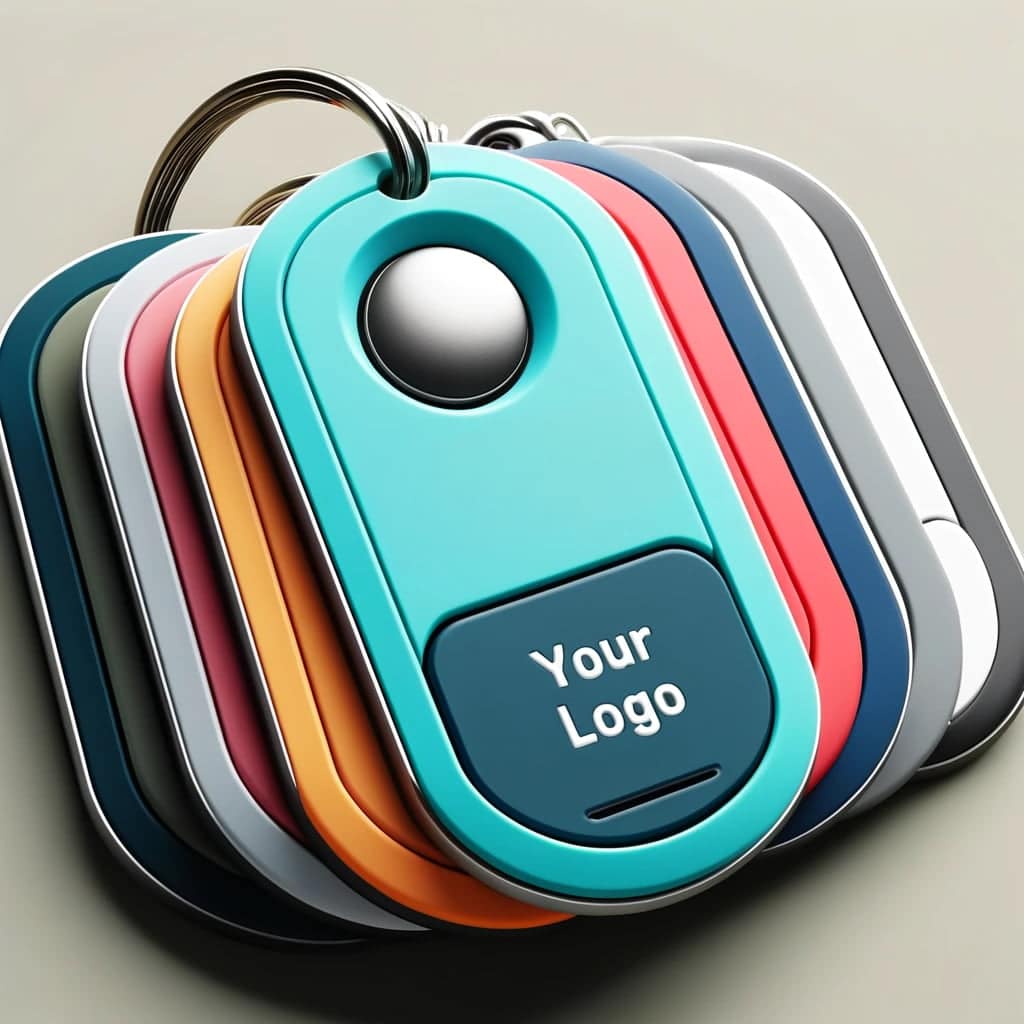
Customizable Fobs
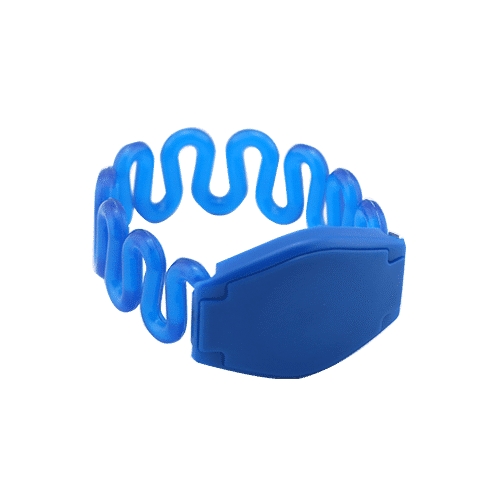
Wearable Tags
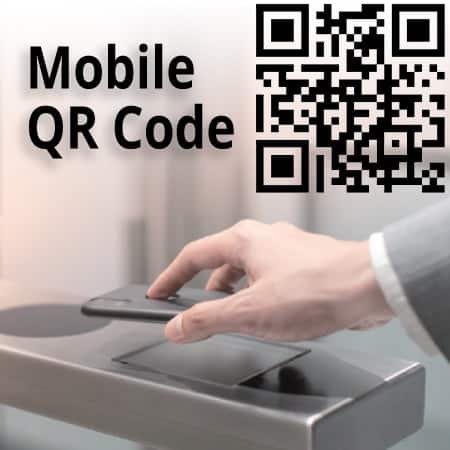
Mobile Access Control
Selecting the Right Type for Your Needs
Choosing the right type of access control device involves considering the specific security requirements, user convenience, and the intended user group’s preferences. For instance, high-traffic environments might benefit from more durable and easily distributed options like keyring fobs, while upscale office buildings might opt for sleek, card-shaped devices for a more professional look.
Installation and Maintenance
The installation of key fob systems should be conducted by professionals who can customise the setup based on the organization’s specific needs. Ongoing maintenance might include routine checks, software updates, and fob replacements to ensure system integrity and functionality.
Conclusion
As the demand for streamlined and robust security solutions grows, key fob access control systems stand out as a smart choice for organisations aiming to enhance operational efficiency and security. With their adaptability, ease of use, and integration capabilities, these systems are poised to remain at the forefront of security technology innovations.

